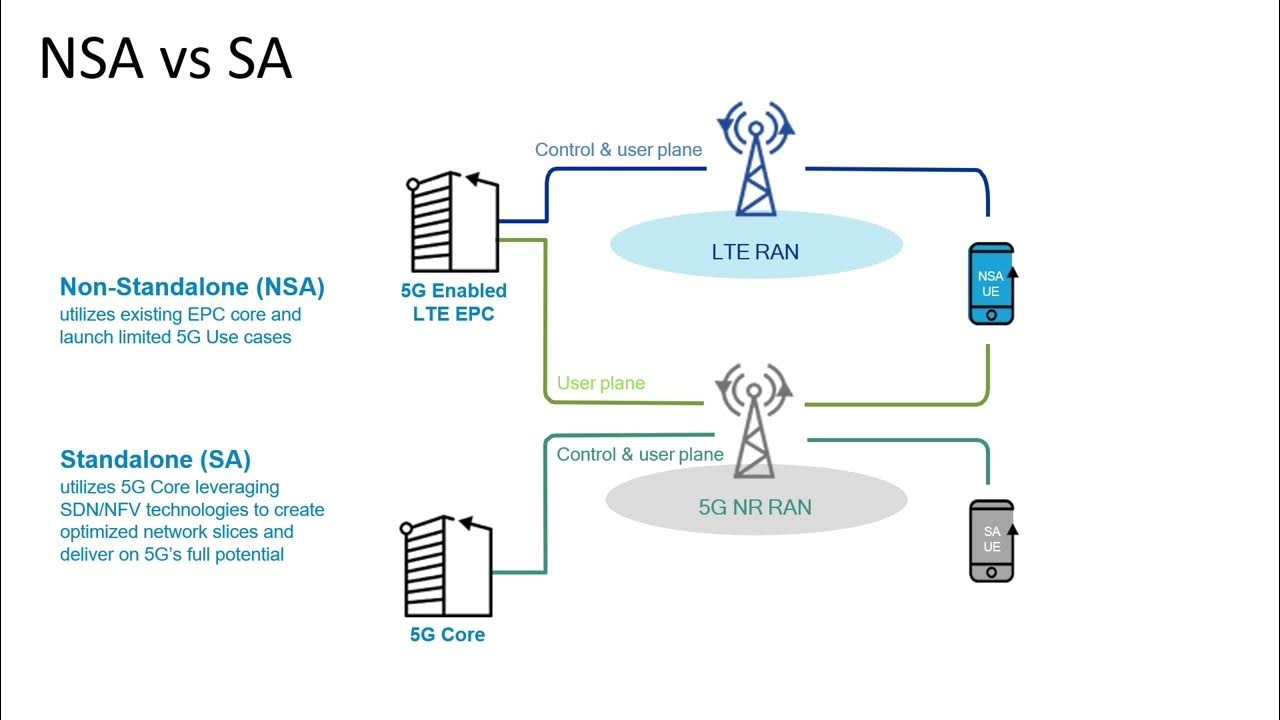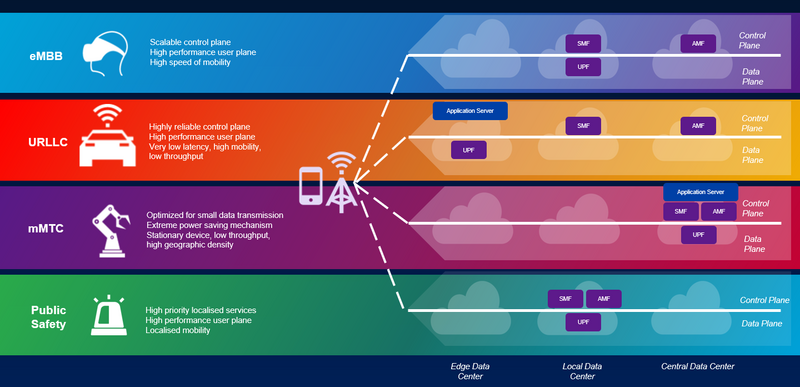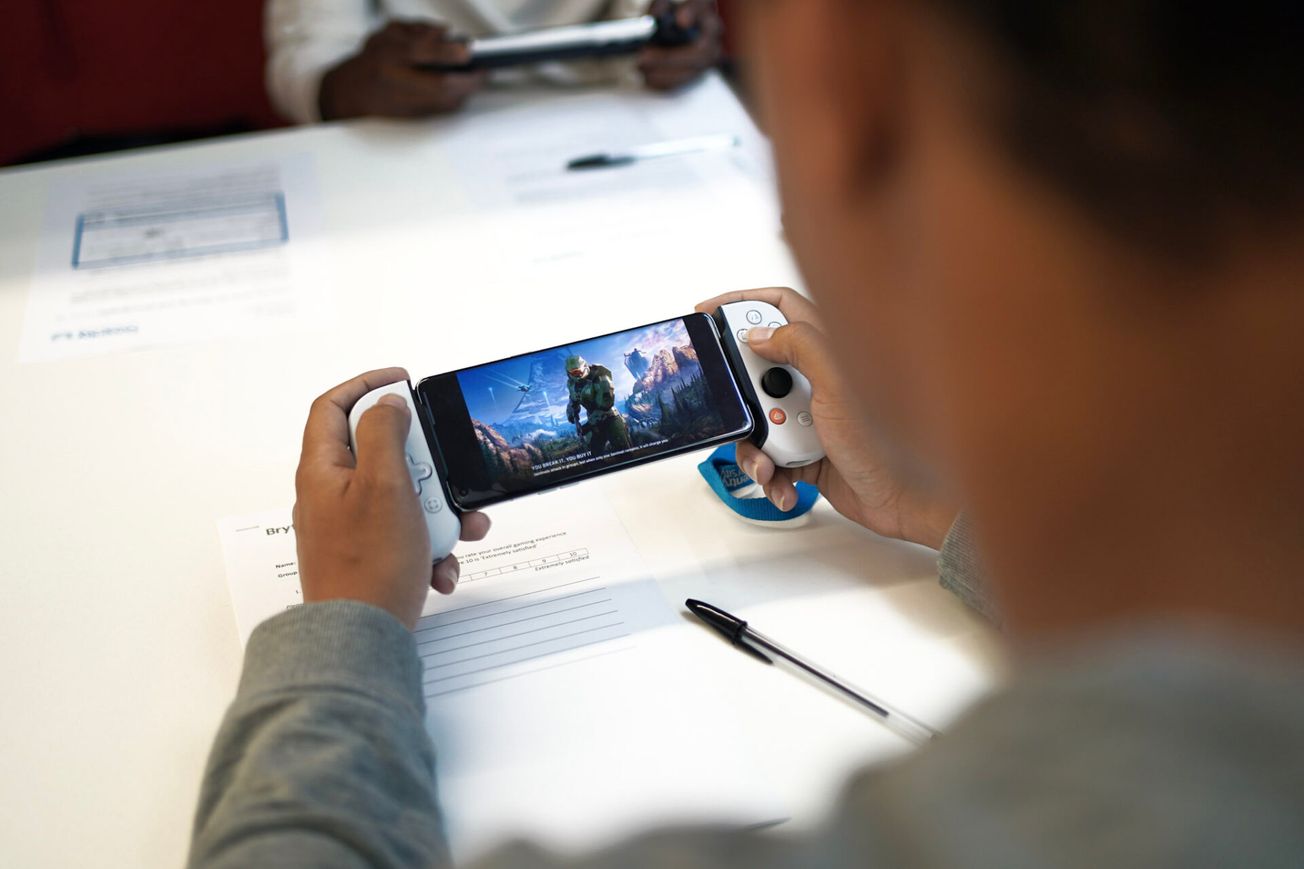Over the weekend, Vodafone and Ericsson trialled cloud mobile gaming over a standalone 5G network slice, saying that they were able to achieve 270% increase in download performance and 57% less jitter.
That's versus "the public network we connect to every day" (4G LTE) and comes as telcos aim to showcase how "standalone 5G" with network slicing can deliver "novel services" as Vodafone's Phil Patel put it.
Network slicing is a network configuration that allows multiple networks both virtualized and independent, to be created on top of a common physical infrastructure. Each “slice” of the network can be allocated based on the specific needs of the application, use case or customer.
However, the trial was less a demo about enhancing the mobile gaming experience, and more a push for a transition to standalone 5G network use.
Even though standalone 5G is the optimal modern tech (and comes with a government stamp of approval), most network providers continue to rely on Non-Standalone (NSA) 5G , due to the high upfront costs associated with building 5G-exclusive infrastructure.
The NSA 5G is a radio access network (RAN) that operates on a legacy 4G LTE core, that is the Evolved Packet Core (EPC), and manages control plane functions.

NSA is best seen as a stepping stone technology, as it doesn't enable the low latency that is one of the biggest pros of standalone 5G.
NSA also requires a higher level of energy, as powering 5G networks with 4G infrastructure is energy intensive.
In their gaming-focused demonstration, Vodafone and Ericsson propped up Network Slicing as the go-to technology for the standalone 5G roll-out.
"5G Standalone is not an upgrade on 4G, but an entirely new type of technology. Through this trial, we provided a slice of connectivity, customised specifically for gaming, to provide a full fibre like experience over the airwaves," said Andrea Dona, Chief Network Officer, Vodafone UK.
See also: UK’s ambitious new 5G strategy hints at support for mergers, changes to “net neutrality” rules
.

"The network modernization journey is one that every telco must take. NFV and SDN are the fuel, software and cloud define the route, and customer experience sits waiting expectantly at the destination," said Gary Maidment of Huawei.
Coming to this fuel, network slicing SDN (software defined network) is a key part of the architecture used to manage traffic flows through the application program interfaces (APIs) of a central control plane.
The control plane configures resources to deliver tailored services to the client through the application layer. SDN also includes an infrastructure layer, which contains basic network services and is responsible for data forwarding and rule processing from the control plane.
See also: As funding dries up for private 5G trials, is there a business case?
The network slice controller (orchestrator) maps services and monitors the functionality between other layers and works alongside the NFV (network function virtualization).
The NFVs allow network functionality to be installed onto virtual machines (VMs) on a virtualized server to provide services that traditionally ran on proprietary hardware.
Vodafone and Ericsson's trial spells out that standalone 5G hasn't been put on the backburner, but they have been clear that they won't be the sole investors in another round of ‘build and they will come’ nationwide networks.
With other stakeholders, including enterprises, cloud giants and governments, yet to step up in to sharing the cost and risk of new infrastructure, full fledged standalone 5G deployment remains in its infancy.









